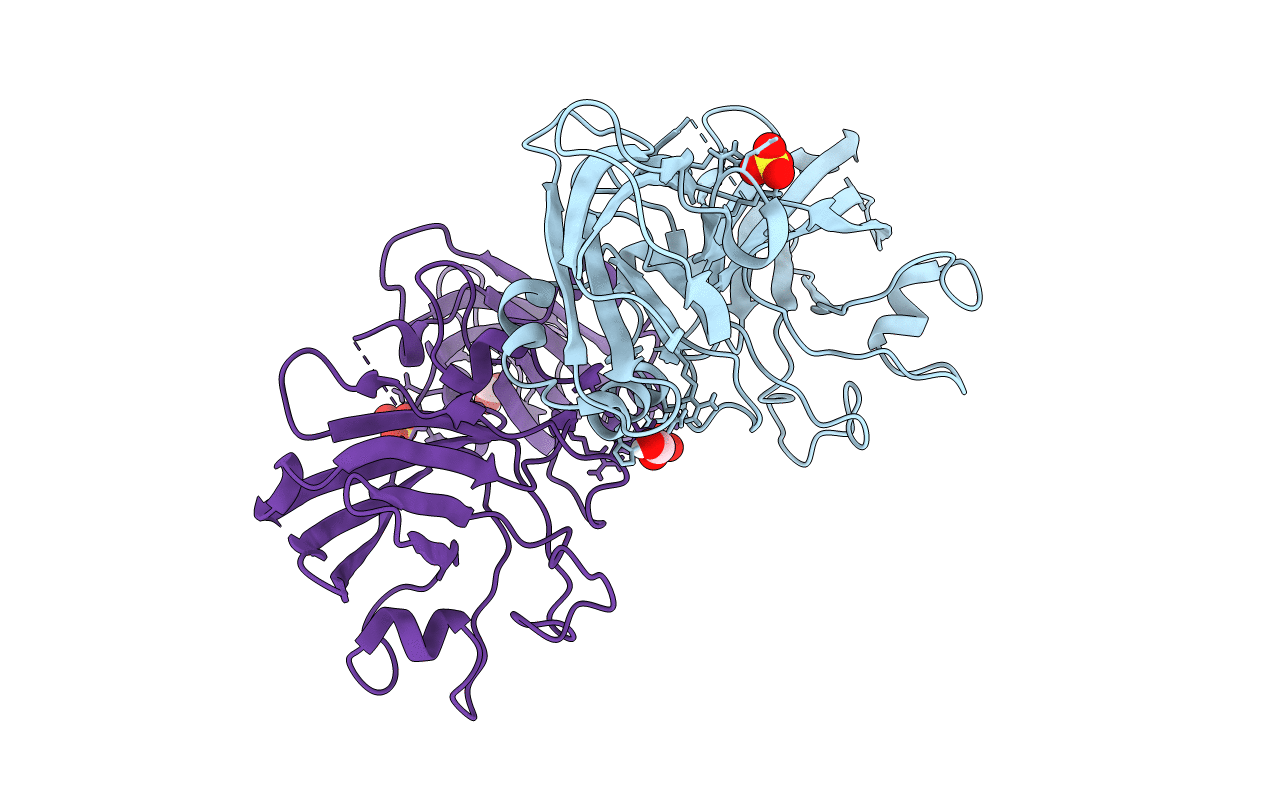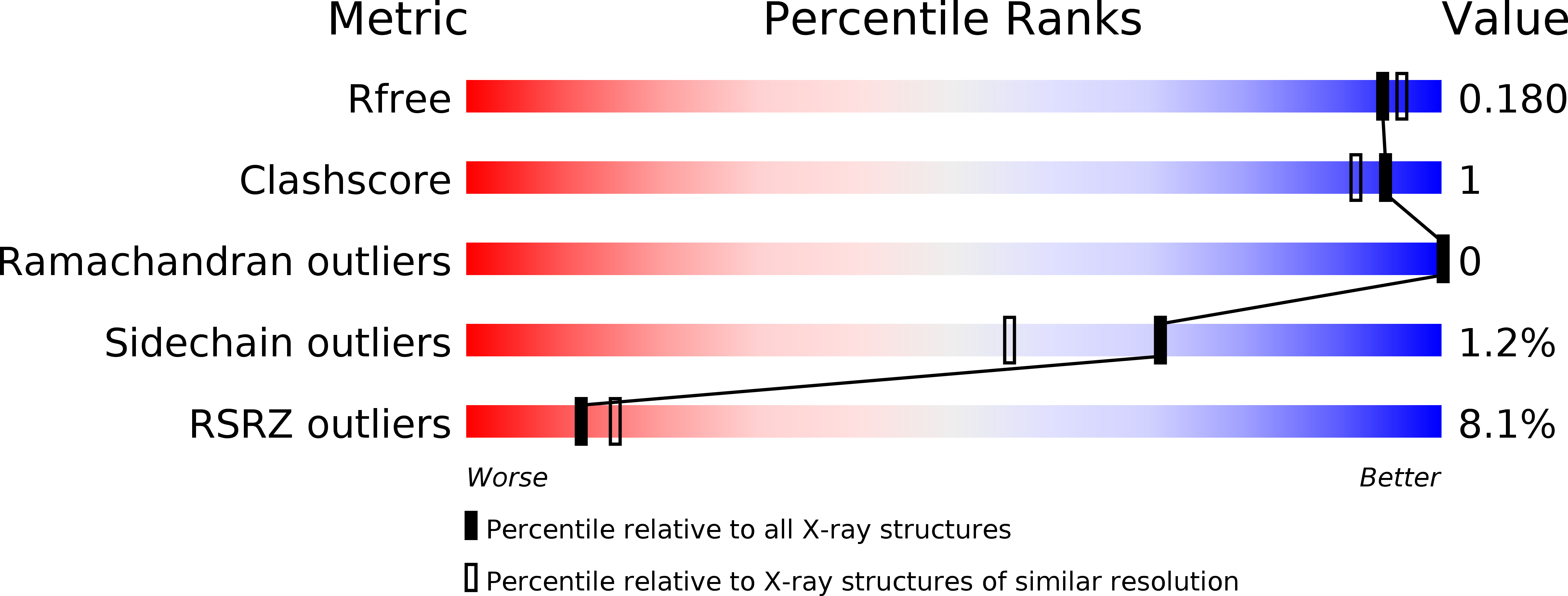
Deposition Date
2017-03-13
Release Date
2018-02-07
Last Version Date
2024-05-08
Entry Detail
PDB ID:
5NF4
Keywords:
Title:
The tip fimbrial protein Mfa3 from Porphyromonas gingivalis with C-terminal truncation.
Biological Source:
Source Organism:
Porphyromonas gingivalis ATCC 33277 (Taxon ID: 431947)
Host Organism:
Method Details:
Experimental Method:
Resolution:
1.75 Å
R-Value Free:
0.17
R-Value Work:
0.14
R-Value Observed:
0.15
Space Group:
P 32


